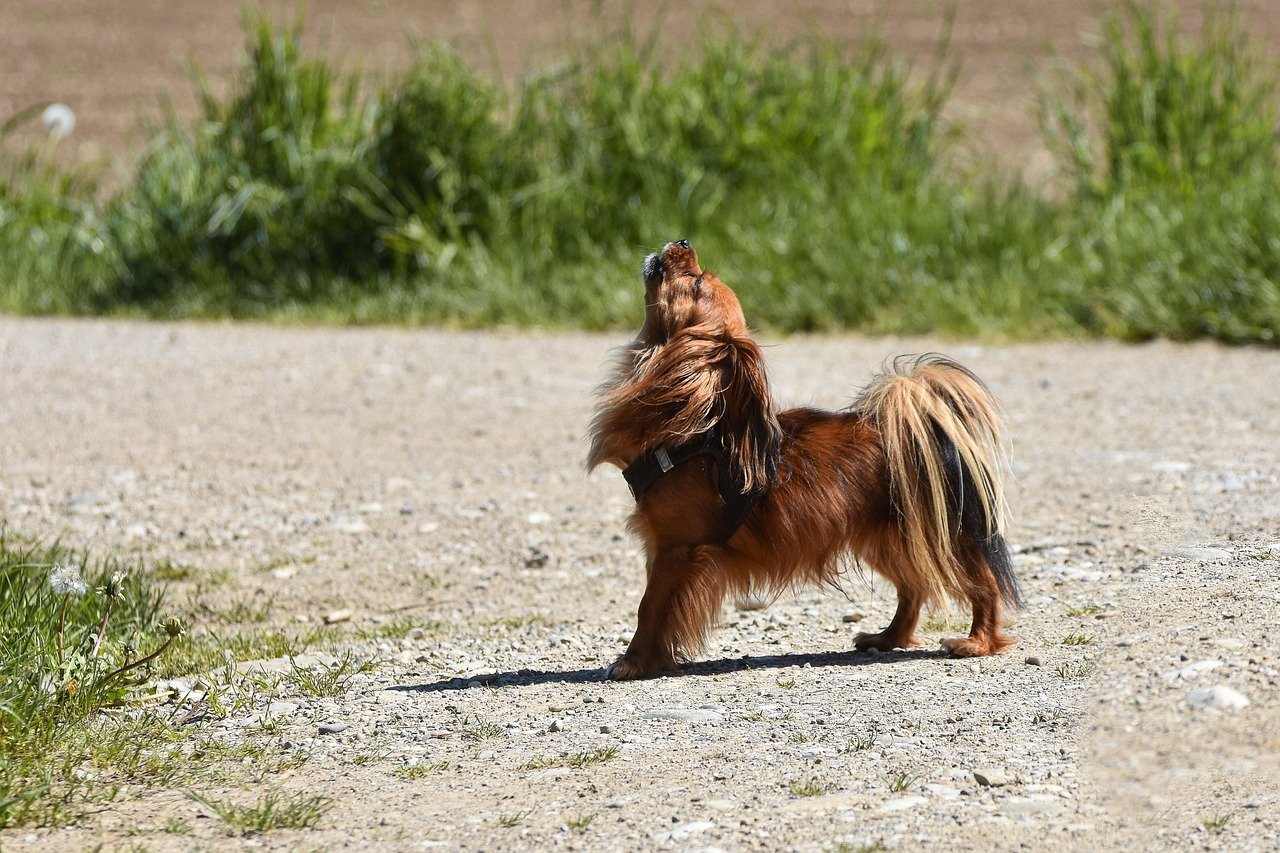Ever wonder why your dog spins before lying down or suddenly bolts around the house in a frenzy? These seemingly random quirks actually have deep roots in canine instinct. Spinning is a leftover behavior from wild ancestors who padded down grass for a comfy and safe rest. Zoomies? They’re a burst of built-up energy and a sign of a happy pup. Even things like digging at the couch or staring intensely into your eyes stem from survival tactics and bonding behavior. Understanding these habits helps us see our dogs not as oddballs—but as instinct-driven companions with ancient wisdom in their paws. It’s a reminder that beneath the cute exterior is a deeply intuitive animal shaped by thousands of years of evolution.
1. Spinning in Circles Before Lying Down
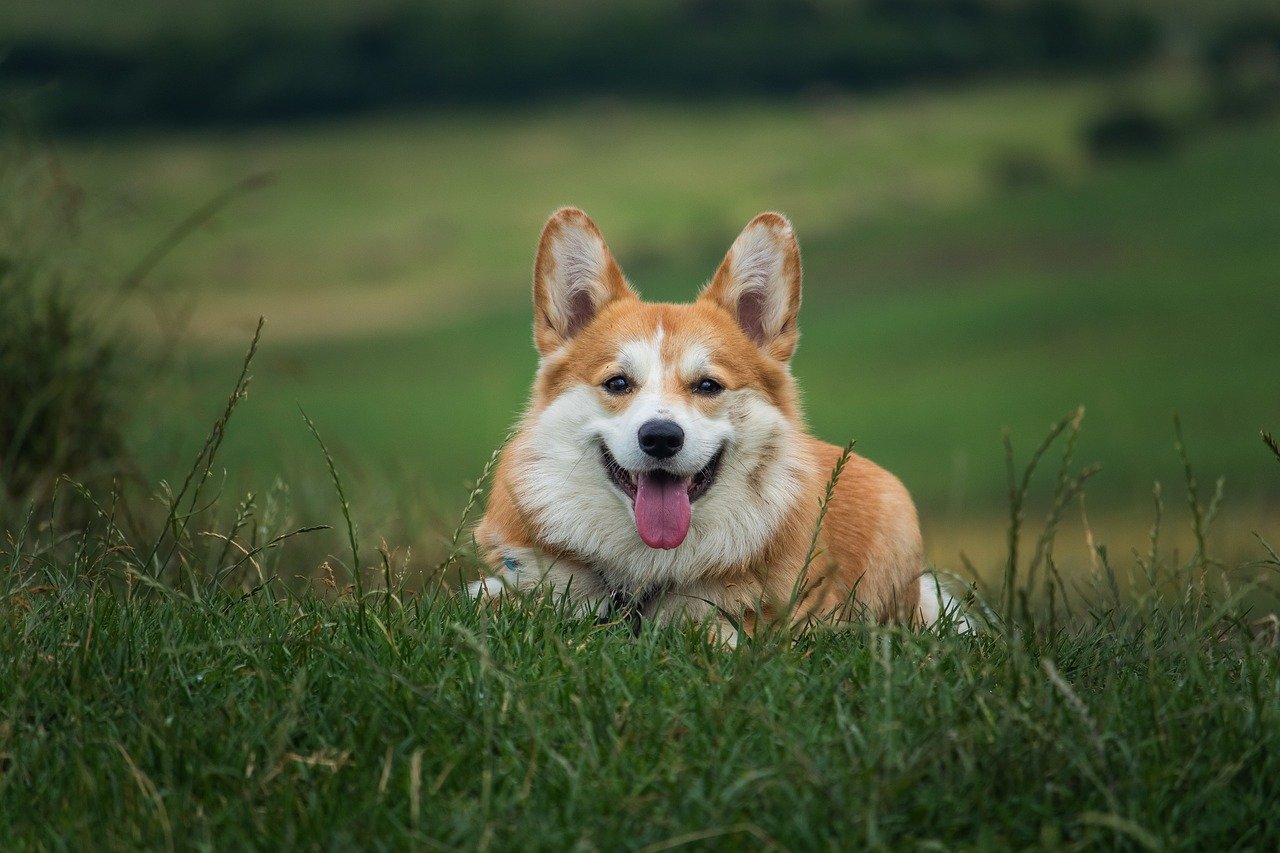
If you’ve ever watched your dog do a little dance before settling down, you’re not alone. This behavior can seem hilarious or even a bit obsessive, but it’s far from pointless. Long before domestication, wild dogs and wolves would spin to flatten grass, leaves, or snow, making a comfy bed and checking for hidden threats like snakes or bugs. This ritual was all about safety and comfort—a way to prepare a secure sleeping spot in unpredictable environments.
Even though modern dogs have soft beds and cozy blankets, these ancient routines stick around. The act of spinning is your dog’s way of tapping into those old instincts, ensuring their resting place is just right. It’s almost like fluffing a pillow, only with a lot more flair and a wagging tail. So next time you see those pre-nap pirouettes, know that your dog is simply following in the pawprints of their ancestors.
2. Digging at Carpets or Blankets
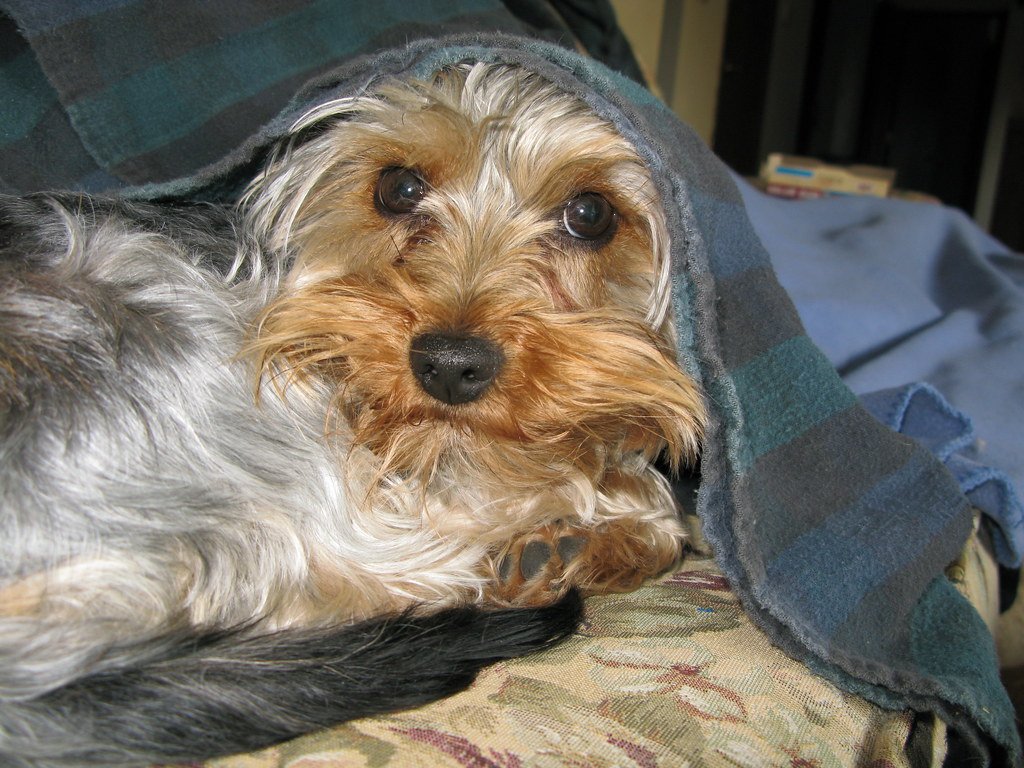
It’s a familiar scene: your dog suddenly starts pawing at the rug or burrowing into your blankets like they’re digging for treasure. While this can be frustrating (especially if the carpet is expensive), it’s actually a deeply ingrained behavior. In the wild, dogs would dig to create a den—a safe, comfortable space to sleep, hide from predators, or raise puppies. The digging helped them regulate temperature and create a cozy, protected nook.
Even though your living room is safe and climate-controlled, the urge to dig remains strong. Your pup isn’t trying to destroy your home; they’re just following their instincts to build the perfect den. Think of it as interior decorating, dog-style. Next time you catch your dog “redecorating,” remember—they’re just making themselves feel safe and at home.
3. Kicking Back Legs After Pooping
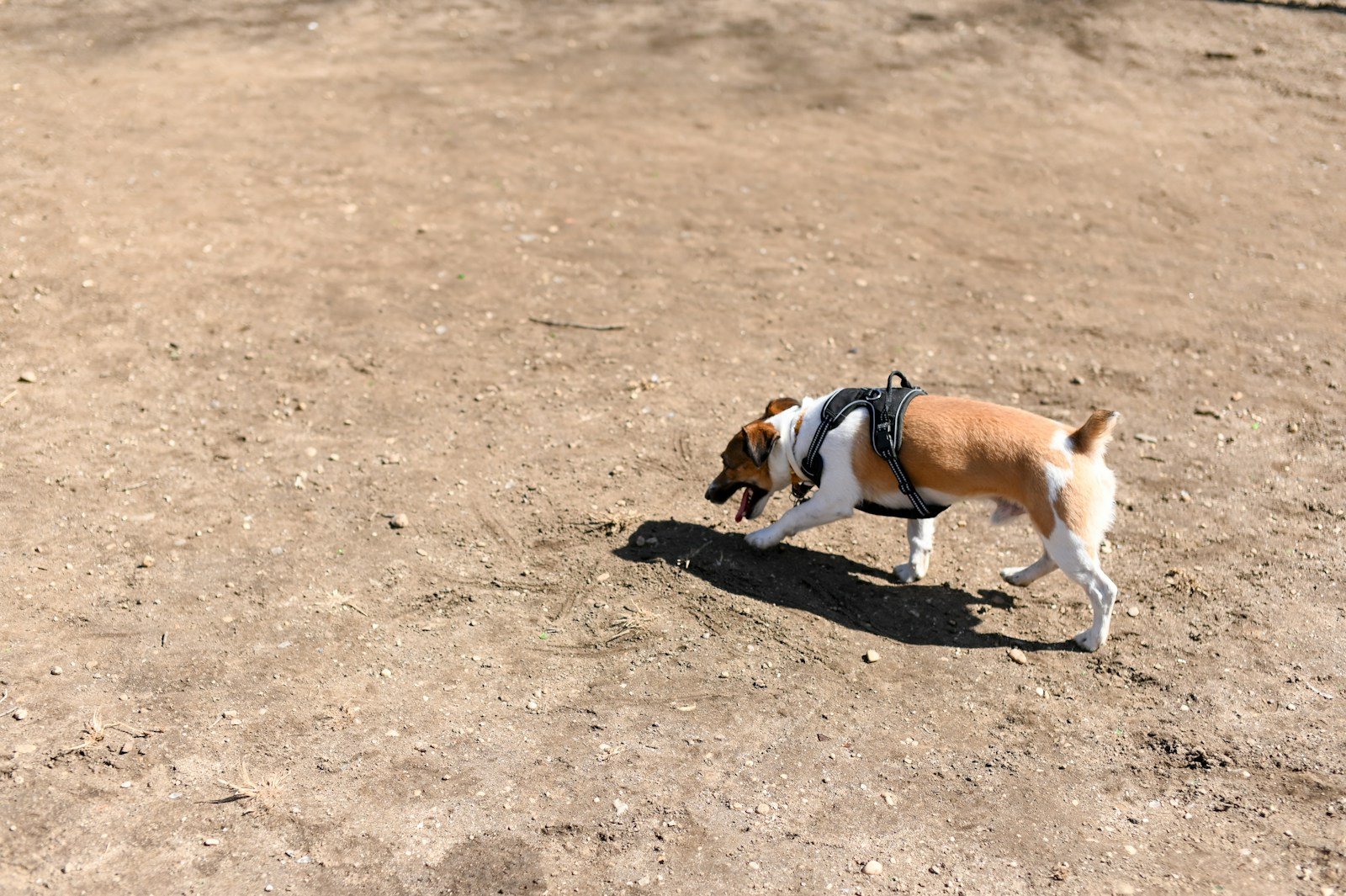
Many dog owners have witnessed their furry friend vigorously kicking up grass or dirt after doing their business. It might look like an attempt to cover up, but it’s actually more about communication than cleanliness. This action is called “ground scratching,” and it’s a way for dogs to mark their territory. Scent glands in their paws leave strong olfactory signals that say, “I was here, and this is my spot.”
In the wild, this behavior helped dogs claim territory and send messages to other animals. Even though your backyard isn’t teeming with rival packs, your dog still feels the need to stake their claim. So, those dramatic kicks are less about mess and more about making a statement. It’s your dog’s way of signing their name on the world—no pen required.
4. Howling at Sirens or Music
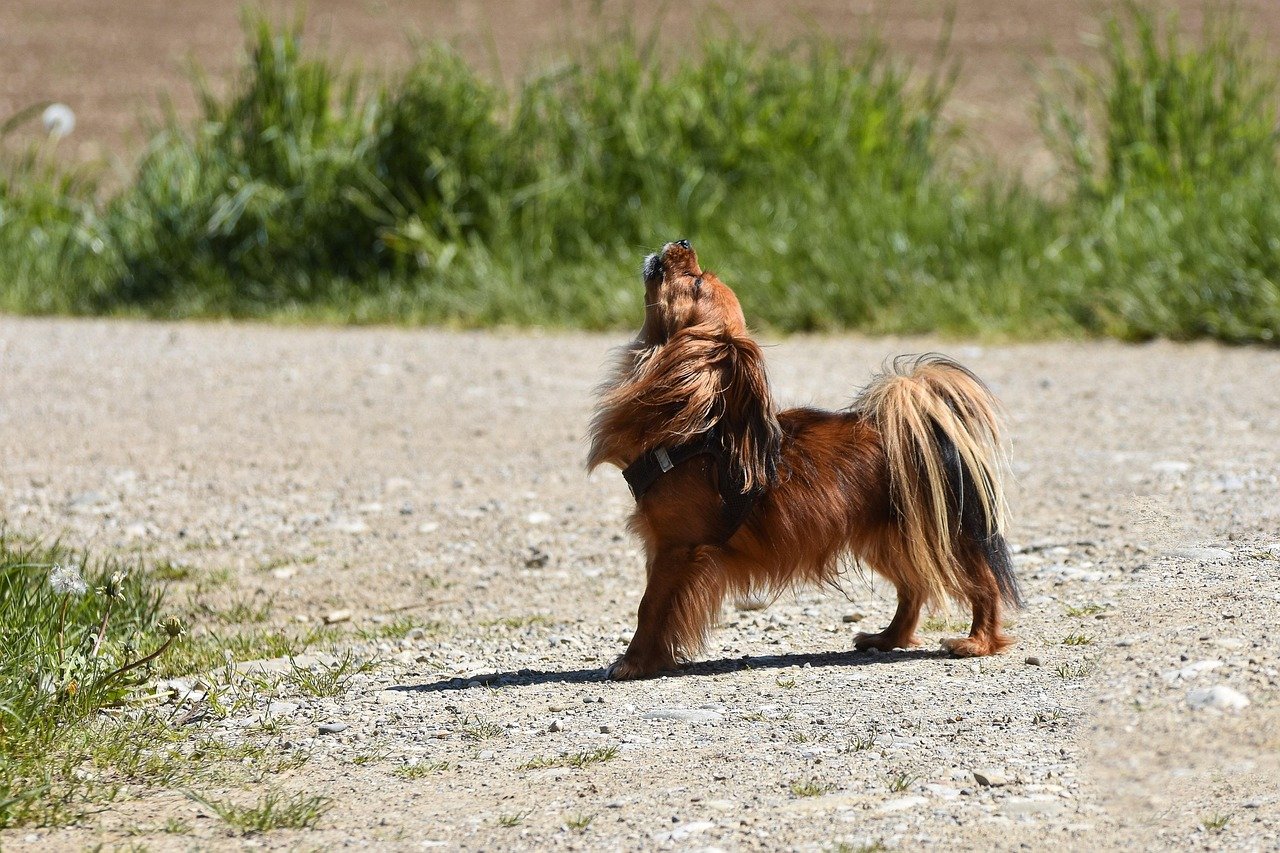
There’s something a little haunting—and maybe a bit comical—about a dog howling along with a distant siren or a favorite song. While it might sound like your pup is auditioning for the local choir, this behavior is deeply tied to their wolf ancestry. Wolves howl to communicate with their pack, signal their location, or warn off strangers. For dogs, howling is a form of long-distance communication, even if the “pack” is actually just a fire truck passing by.
When your dog joins in with a siren or musical note, they’re not just making noise for fun. They might be responding to a sound that triggers their instinct to communicate, or they could be expressing excitement, anxiety, or curiosity. Either way, it’s a primal connection to the wild—one that still echoes loudly in our living rooms.
5. Rolling in Smelly Things
Few things confound (and disgust) dog owners more than the sight of their beloved pet rolling with wild abandon in something foul-smelling. As strange as it seems, this behavior is an evolutionary holdover. In the wild, rolling in strong odors—like animal carcasses or droppings—helped dogs mask their own scent. This trick made it easier to sneak up on prey or avoid detection by predators.
Even though your dog no longer needs to hunt for dinner, that urge to roll in smelly stuff remains. It’s their way of picking up and carrying “interesting” scents, a form of canine cologne. While it might mean an extra bath for your pup, remember that this quirky habit is just your dog’s way of channeling their wild side.
6. Chasing Their Tail
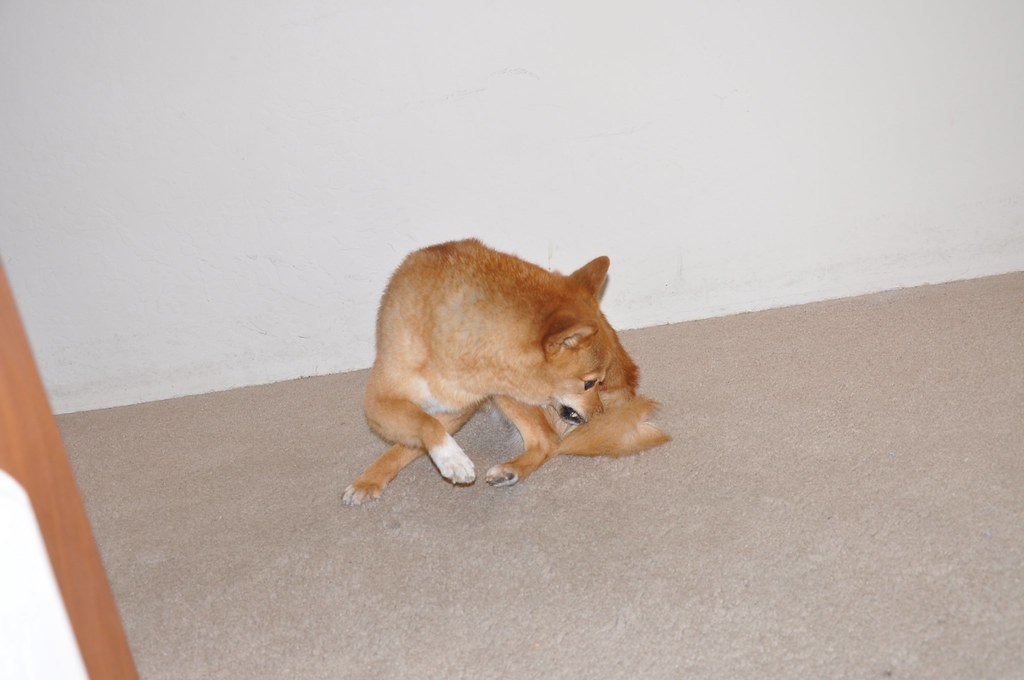
Watching a dog chase its tail is like observing a furry tornado—funny, frantic, and a little bit mysterious. While some tail-chasing is just playful energy, it actually has roots in instinctual behaviors. Puppies, in particular, chase their tails as a way to explore their bodies and develop coordination. For older dogs, it can be a way to burn off excess energy or relieve boredom.
Sometimes, tail-chasing can also be linked to hunting instincts. In the wild, quick, circular movements mimicked the act of tracking small prey or insects. While it’s usually harmless, it’s always good to ensure your dog isn’t chasing their tail out of stress or medical issues. Most of the time, though, it’s just a throwback to puppyhood and wild play.
7. Barking at the Mail Carrier
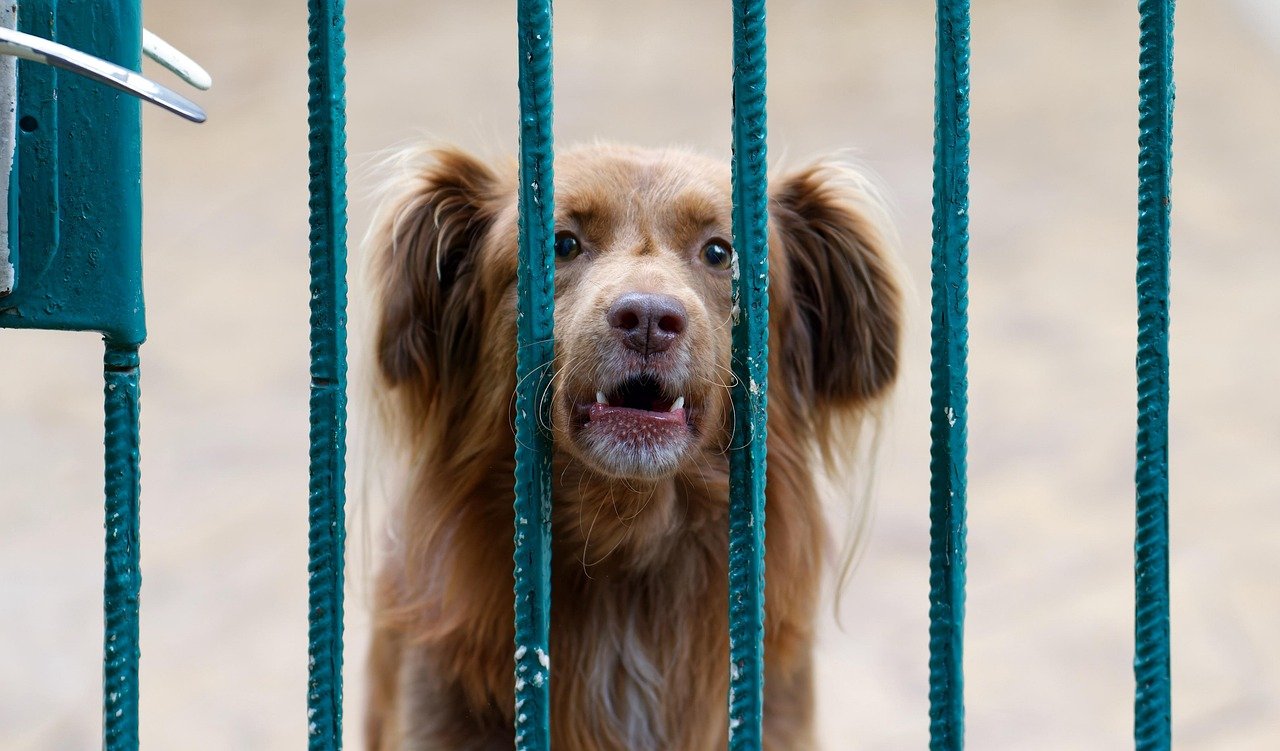
It’s almost a universal truth: dogs and mail carriers are natural adversaries. But why? Barking at strangers approaching the home—especially those who come and go quickly—is rooted in a strong instinct to protect their territory. In the wild, unfamiliar visitors were potential threats, and barking served as both a warning to the intruder and a call to the pack for backup.
Your dog doesn’t know that the mail carrier is simply dropping off letters. To them, this is an unknown figure encroaching on their space, and their job is to sound the alarm. While this can be annoying, it’s a sign that your dog takes their role as family protector very seriously. They’re not just being loud—they’re keeping their “pack” safe.
8. Carrying Objects in Their Mouth
Ever notice how some dogs love to carry toys, socks, or even shoes around in their mouths? This habit might look random or silly, but it harks back to a time when dogs had to retrieve food, carry prey, or transport puppies. Carrying objects is especially common in breeds that were developed for retrieving, like Labradors, but all dogs can show this instinct.
This behavior can also be a sign of affection. Dogs might bring you their favorite toy as a gift or carry your belongings because they smell like you. It’s a way for them to connect, show trust, or simply engage in a comforting, age-old routine. The next time your pup drops a soggy tennis ball in your lap, remember—it’s both instinct and a token of love.
9. Sleeping with Their Back to You
Dogs have many strange sleeping positions, but curling up with their back to you is a powerful gesture. In the wild, sleeping with their back to another pack member was a sign of trust and security. It allowed them to rest while knowing someone else was watching for danger, and it also helped conserve warmth during cold nights.
When your dog chooses to snuggle up with their back facing you, it’s a sign that they feel safe and protected in your presence. It’s their way of saying, “I trust you to keep watch.” Far from being rude, this habit is a hidden compliment—a silent message of love and loyalty from your four-legged companion.
10. Sniffing Other Dogs’ Rear Ends
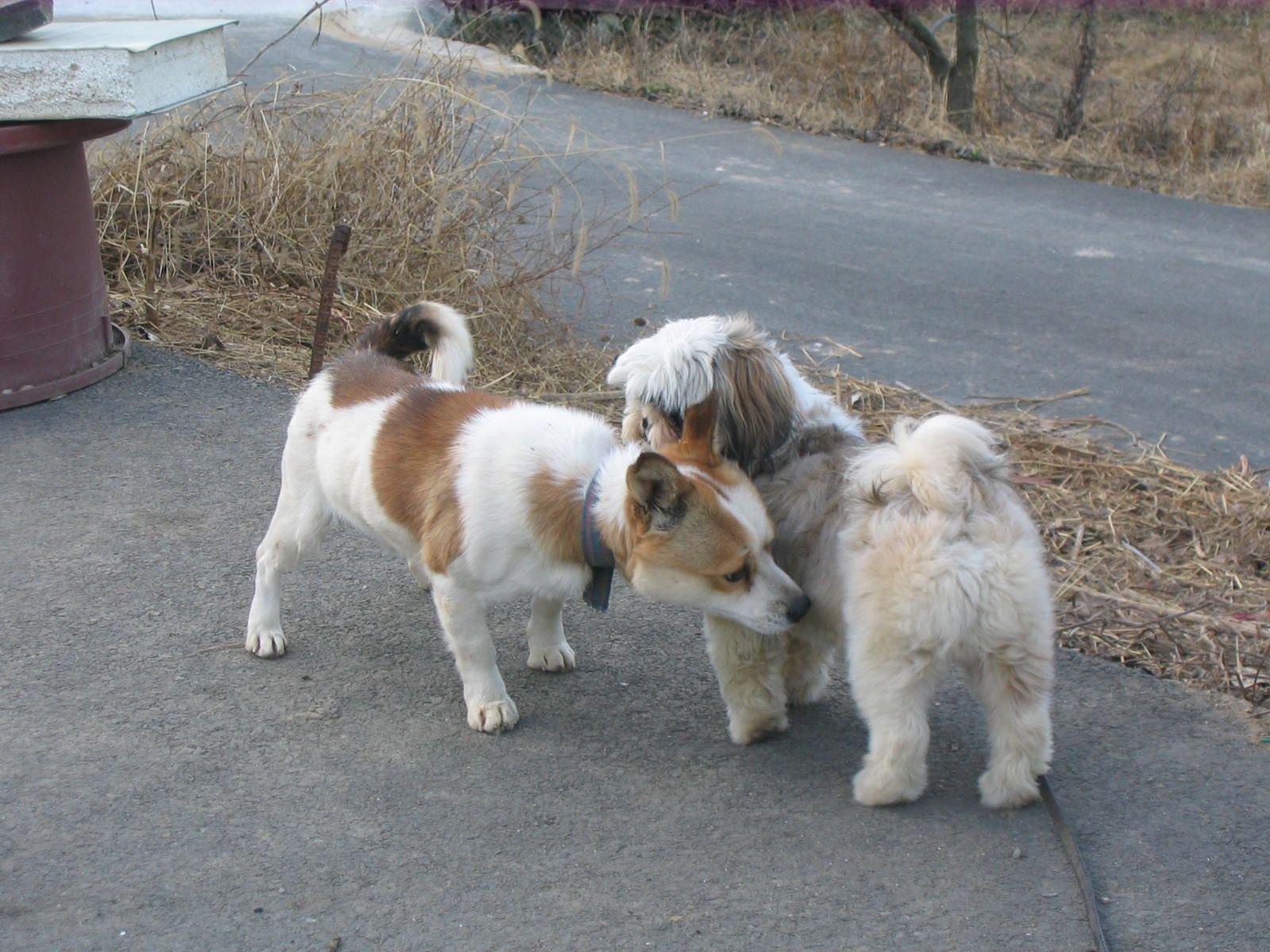
Few behaviors seem as odd to humans as the canine greeting ritual of sniffing each other’s butts. But for dogs, this is the equivalent of a handshake, a chat, and a business card all rolled into one. Scent glands near the rear contain unique information about a dog’s identity, health, mood, and even diet. By sniffing, dogs can quickly gather a wealth of details about their new acquaintance.
This behavior is deeply instinctual, rooted in the need for communication and social bonding. It’s a non-verbal way for dogs to introduce themselves and establish relationships. While it might look embarrassing to us, for dogs, it’s just good manners—and a reminder of how different, yet fascinating, their world really is.
11. Pawing at You for Attention
When your dog gently places a paw on your arm or lap, it can feel like a sweet gesture—or a persistent demand. This behavior might seem random, but it’s a sophisticated form of communication. In the wild, puppies paw at their mothers to ask for food, grooming, or comfort. As adults, dogs use their paws to get attention, express affection, or signal that they need something.
Pawing is your dog’s way of bridging the language gap. Whether they want to play, go outside, or just soak up your love, that gentle tap says, “Hey, I’m here and I need you.” It’s a perfect example of how deeply our dogs are wired to connect with us—and how they use every tool at their disposal to do so.
12. Hiding Treats or Toys
If you’ve ever found a bone stashed in your couch cushions or a toy buried under a pile of laundry, you’ve encountered another instinct in action. Wild dogs and wolves often had to hide surplus food to save it for later and keep it safe from scavengers. This behavior, known as “caching,” ensured they would have something to eat when hunting was tough.
Domesticated dogs rarely need to worry about their next meal, but the urge to hide treasures persists. Whether it’s a prized chew or a squeaky toy, your dog is simply acting on a centuries-old survival tactic. This secret stash is a little insurance policy—proof that some instincts are just too strong to fade away.
13. Licking Your Face or Hands
Dog kisses can be sloppy, surprising, and sometimes overwhelming, but behind every lick lies a deep instinct. In wolf packs, licking is a way to show respect, strengthen bonds, and communicate affection. Puppies lick their mothers’ faces to request food or comfort, and adults continue the behavior as a sign of love and social connection.
When your dog licks you, they’re not just tasting your skin—they’re reaching out in the most instinctual way they know. It’s a gesture rooted in family, trust, and the desire to belong. While it might leave you a bit sticky, those licks are pure canine devotion—one of the oldest and sweetest habits in the doggy playbook.
So, the next time your dog does something that seems totally bizarre—like circling before bedtime or hiding toys in your shoe—remember, there’s likely an ancient instinct behind it. These quirky behaviors are little windows into their wild past and how they’re wired to live, love, and protect. Understanding them helps deepen your bond and reminds us just how incredible our furry friends really are. After all, every tail wag, zoomie, and nose nudge is part of their beautifully instinctual nature.

